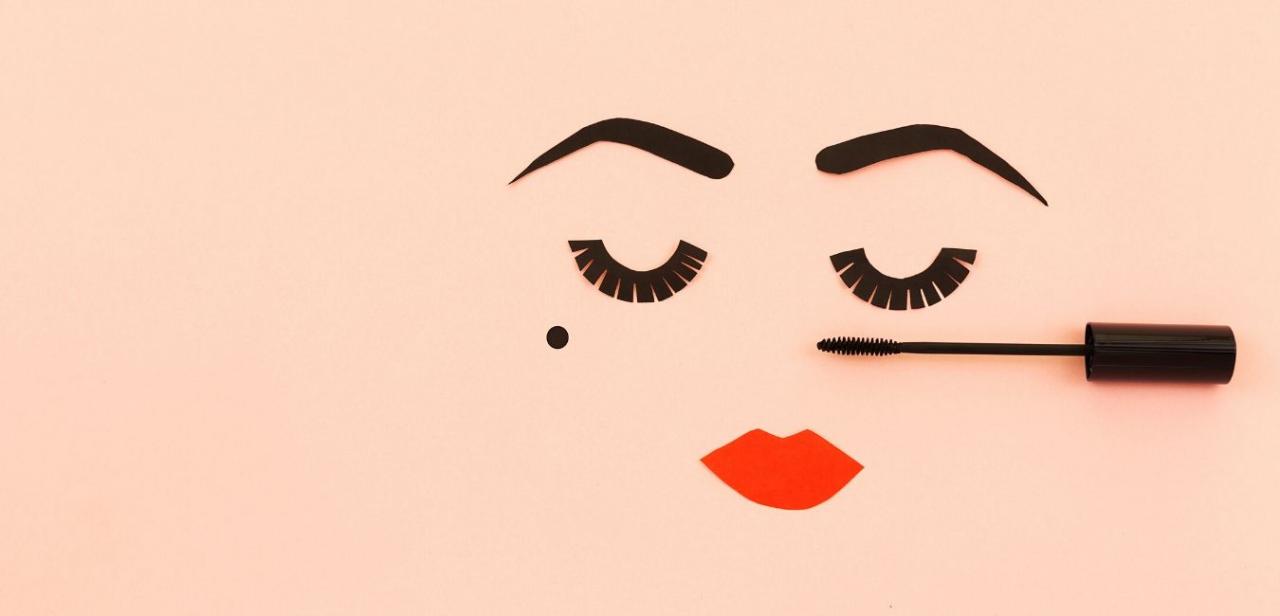In the aftermath of the 2002 Women’s Health Initiative study into the effects of the standard hormone replacement therapy to help menopausal women deal with the mood swings, hot flashes and other symptoms, women have turned to soy as a natural alternative--but does it really do anything?
As we learned in “Soy Protein and PMS Symptoms”, it is important to distinguish between soy isoflavones, which have a beneficial effect on hormone levels, and the soy protein that is used in many store-bought products, from which the isoflavones have been stripped and so will have little to no effect on hormone levels and the accompanying mood and comfort issues.
The Case for Soy
Western culture started looking to soy when they saw the difference between how women in the Orient seemed to experience fewer menopausal symptoms than those in North America. The difference between western women and Asian women was the protein intake. North American women get the vast majority of their protein from animal fats. Asian women get their protein from soy--an estimated 200 mg per day.
“In a Japanese study, only 24 percent of perimenopausal women and 29 percent of postmenopausal women experienced hot flashes…Studies in China have reported that less than 25 percent of postmenopausal women endured hot flashes…In contrast, it has been reported that approximately 40-90 percent of U.S. women experience uncomfortable hot flashes” (www.soy.com).
HRT versus Soy
But what is it, precisely, that soy isoflavones do differently than conventional hormone replacement therapy?
Hormone replacement therapy is usually comprised of a combination of estrogen and progesterone. During childbearing years, the estrogen and progesterone work together to prepare the uterus for receiving and nurturing a fertilized egg. Over the years the body grows accustomed to this monthly dose of hormones (especially the breasts).
When a woman hits menopause, the hormone levels fluctuate, often leaving hormone receptors wanting more. Hormone replacement therapy provides a synthetic hormone dose to replace what the body is not producing any longer.
Soy isoflavones act like estrogen. Taken in a sufficient dosage, soy isoflavones can satisfy the body’s cravings for estrogen without introducing a synthetic. Isoflavones are plant proteins.
The effectiveness of soy on mood swings and hot flashes can vary from woman to woman, as each woman produces estrogen at different levels and will respond to either soy or standard HRT differently.
But stabilizing hormones is one of the keys to maintaining a healthy mind once the body’s natural baby-making process has shut down--getting the right kind of soy can certainly help with that.
Sources: www.webmd.com; www.soy.com; www.drkomer.com; www.cbn.com; www.menopause-black-cohosh.org; www.womentowomen.com





Add a Comment4 Comments
Thank you for your sharing your experience.
November 17, 2011 - 6:02pmThis Comment
I take a soy tablet twice a day. It definitely helps my hot flashes. I buy the non-GMO soy.
November 17, 2011 - 3:36pmThis Comment
I have heard of this, I don't know where to find the dose or absolute amount needed. We do use Soy Silk Milk at home for cereal and to drink.
August 11, 2010 - 12:39pmThis Comment
Soy milk provides very little soy isoflavones which is what helps with the hormones. It provides proteins and vitamins and other good nutrients, but soy milk and much of the soy added to commercial foods (burgers, etc.) have had the isoflavones stripped from them, as well as much of the nutrients.
If you're looking to supplement with soy, you need isoflavones which are found in tofu, and pill form, and other less processed forms.
As the article stipulate, Oriental women tend to get about 200 mg of soy per day from various sources. The FDA recommends between 50 mg and most of what I read from medical practitioners suggested 70 mg is most effective. But again, it is soy isoflavones that make the difference in hormone, not soy protein. (I delve into this difference a little more my Soy and PMS Symptoms article).
One of the sources I cited for this article, though, I know lists several forms of isoflavone-rich soy, so check those out. You can pick it up as a vitamin supplement in a pill form from most natural food stores.
August 11, 2010 - 1:39pmThis Comment